|
James Bay
Shorebird Project 2016
- page 4 of 7 |
|
|
|
Motus
Tracking System and Invertebrates |
|
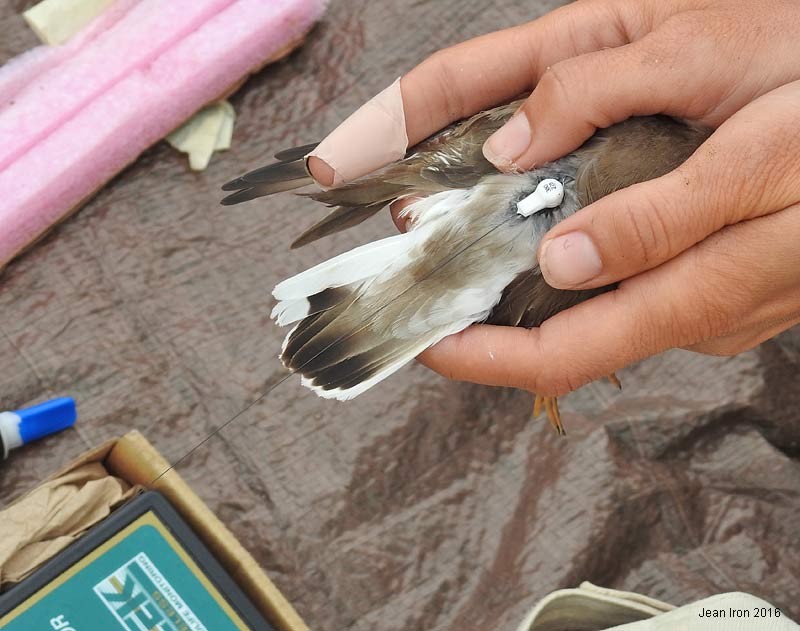 |
|
The nanotag transmitter on the back of
this shorebird has revolutionized our knowledge of the migration of
many species of shorebirds, especially smaller ones. The nanotag
emits a unique signal that will be picked up by an array of
receiving towers across southern James Bay, the Great Lakes, St.
Lawrence River, parts of the Arctic, and the east coast of Canada
and the United States. Recently, Panama, some countries in South
America, and other locations have added towers. Now we will learn more about the timing of migration, the route taken,
and length
of stay at locations on the migration route and on the breeding and
wintering grounds. Target species in the 2016 James Bay Shorebird
Project for nanotags and resighting are: Red Knot, Sanderling, Ruddy
Turnstone, White-rumped Sandpiper, Semipalmated Sandpiper, Hudsonian
Godwit and Dunlin. |
|
|
|
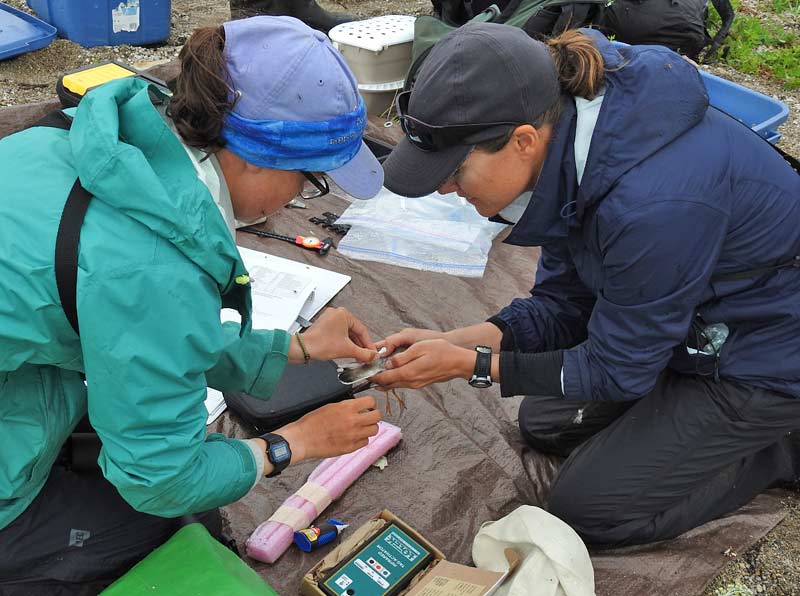 |
|
Amie (left) and
Kathryn affix a nanotag to the rump of this Semipalmated Plover.
Nanotag will fall off after about 3 months. |
|
|
|
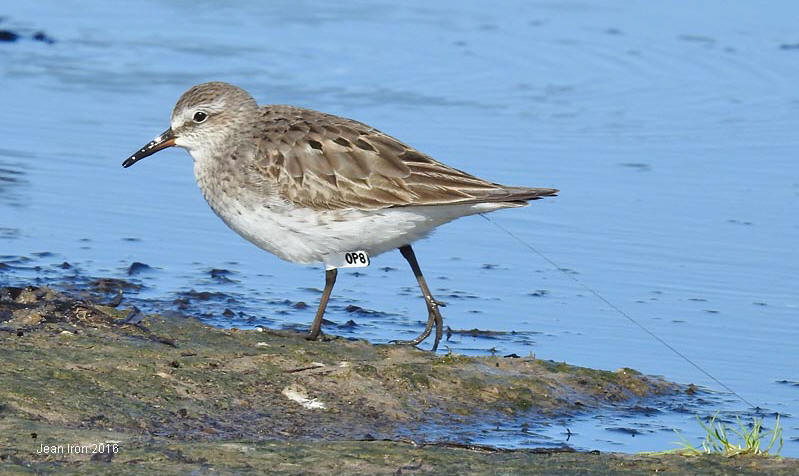 |
|
This adult White-rumped Sandpiper
carries a nanotag, which will show how long it stays on the James
Bay coast, when it leaves, and its southbound migration route. The
banding crew have quotas for putting nanotags on adults and
juveniles of key species, including:
Red Knot, Dunlin, White-rumped Sandpiper, Semipalmated Sandpiper and Hudsonian Godwit. |
|
|
|
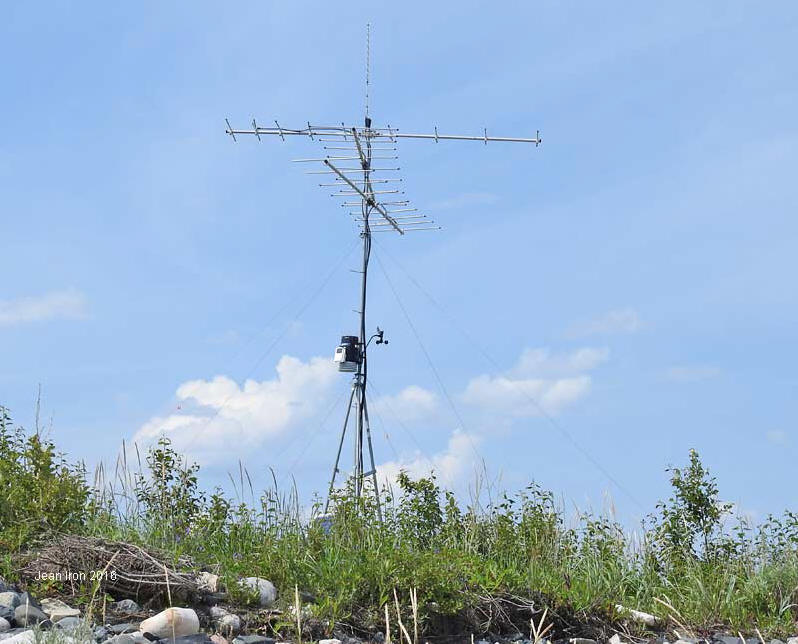 |
|
Motus tracking tower on Longridge has a radius of about 15 km for tracking shorebirds with nano-tags
- see location on map on page 1. The tower also has a weather station recording
temperature, pressure, wind, precipitation and more, all things that
just a few years ago were done manually. The contact sounds are
recorded in an instrument at the base of the tower and will be analyzed
later as to species. |
|
|
|
Motus Links |
|
See 2014 movements of nano-tagged
White-rumped and Semipalmated Sandpipers here:
www.motus.org click on explore data - view tracks. One map for
White-rumped Sandpipers and Semipalmated Sandpipers
during their 2014 fall migration between
James Bay stopover sites and the East Coast,
another for
Red Knots
moving from the East Coast to Hudson Bay
coast and Nunavut during the spring migration and coming back during
the fall migration. Also
One-night migratory flight of White-rumped, Semipalmated
Sandpipers and Red Knots from James Bay in 2015. See also map of receiver tower locations:
http://motus.org/data/receiversMap.jsp Stu Mackenzie
provided this info. |
|
|
|
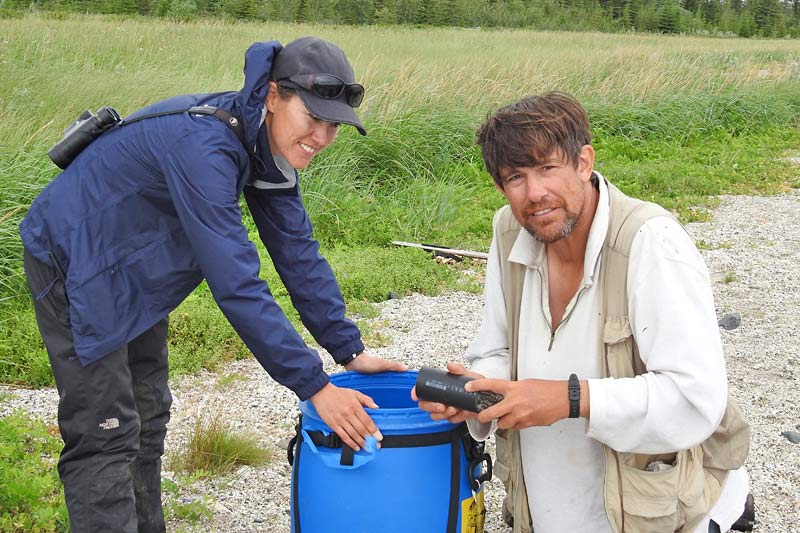 |
|
Kathryn and Dan weigh
a shorebird. |
|
|
|
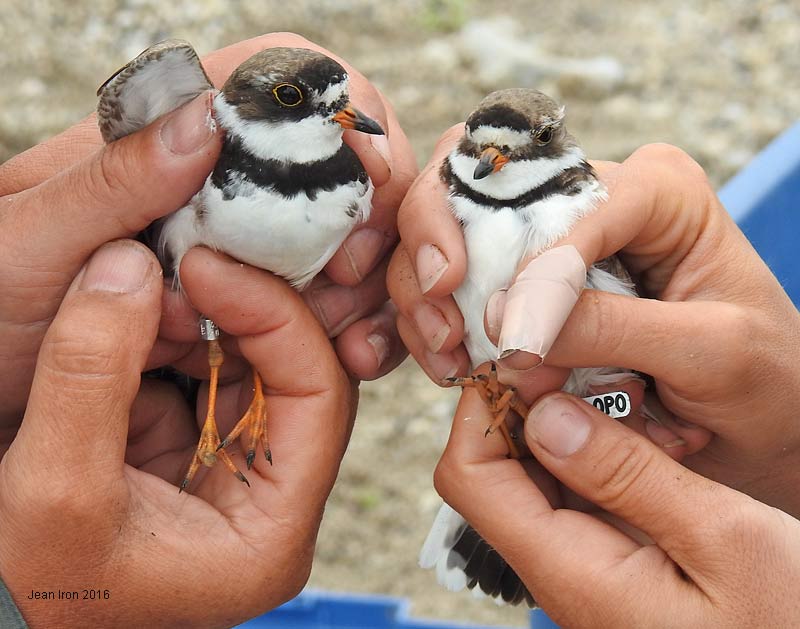 |
|
Two differently marked Semipalmated
Plovers indicate different sexes and ages. Adult male on left. The
white flag indicates it was flagged in Canada. Each flag with its
unique alpha-numeric code may be spotted by birders and researchers,
and provides valuable information about migration routes, staging
and wintering areas |
|
|
|
 |
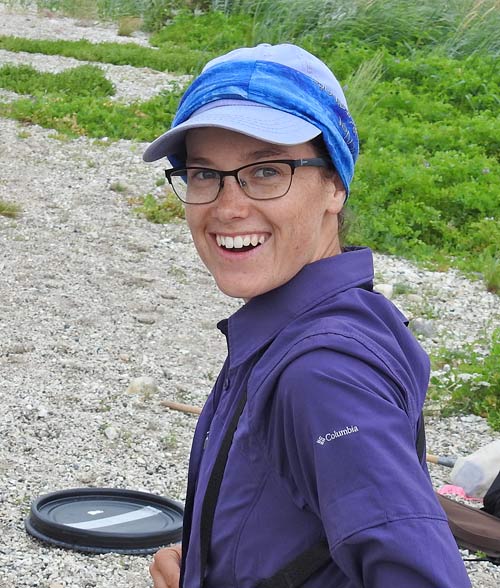 |
|
Banding crew at work:
Kathryn, Dan, Allie and Amie. Felicia was on net watch. |
Amie |
|
|
|
|
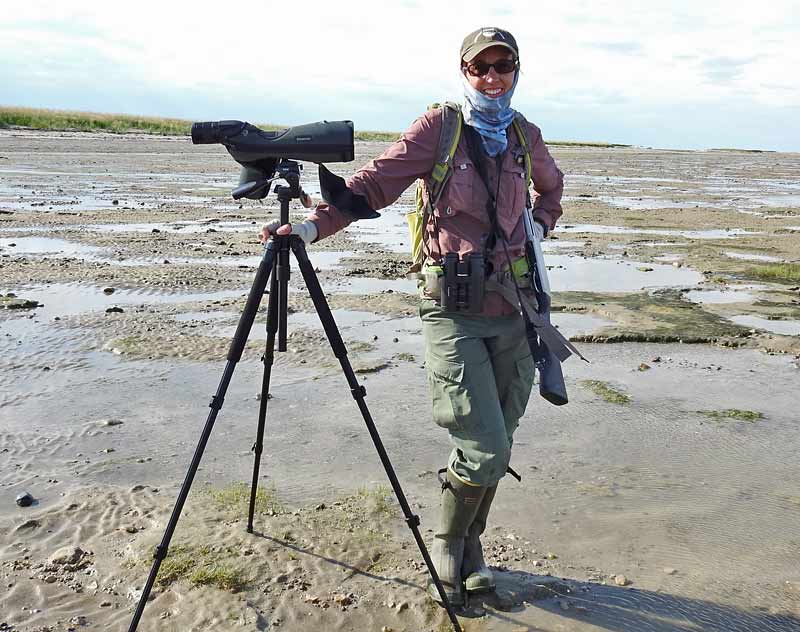 |
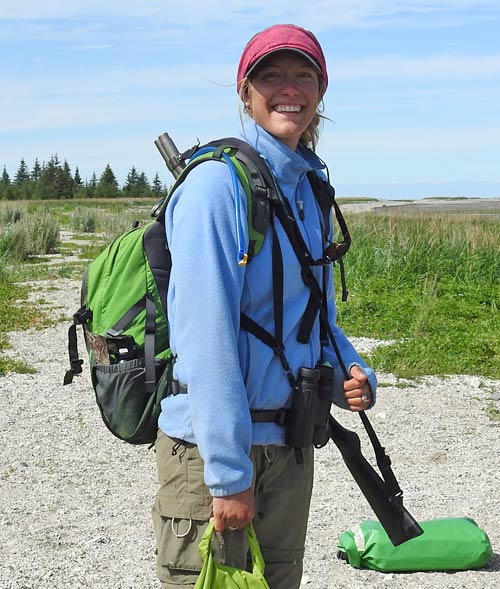 |
|
Felicia worked with
the banding team. |
Allie collected many
invertebrate samples |
|
|
|
Invertebrate
Sampling |
|
Shorebirds on James Bays feed on the
abundant larvae of the bivalve Macoma balthica
(clam), and in southern James Bay, the gastropod Hydrobia minuta
(snail), as well as a variety of crustaceans (shrimps/crabs and
relatives), worms and dipteran (fly) larvae (Ontario Shorebird
Conservation Plan 2003). James Bay shorebirds are apparently not
eating biofilm or "slime mud" as in some other areas (fide Allie
Anderson). Biofilm is a thin layer of nutritious slime on mudflats. |
|
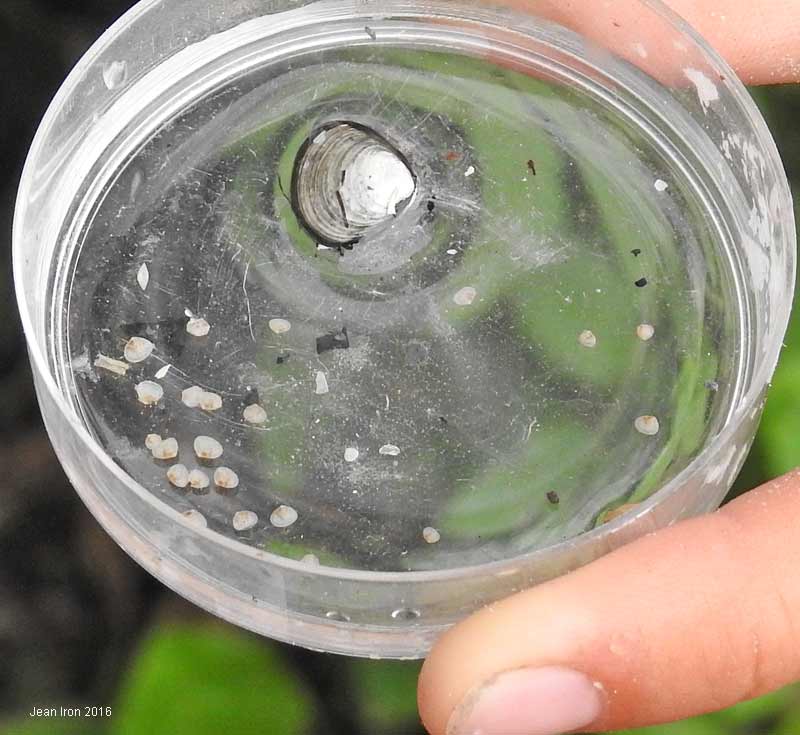 |
|
In this tray is an adult Macoma
Balthica clam with very young Macoma Balthica where the
shell isn't hard as on adults. This is a favourite food of Red
Knots. (fide Allie Anderson). 2 August 2016. See size comparison
with human nail. |
| |
|
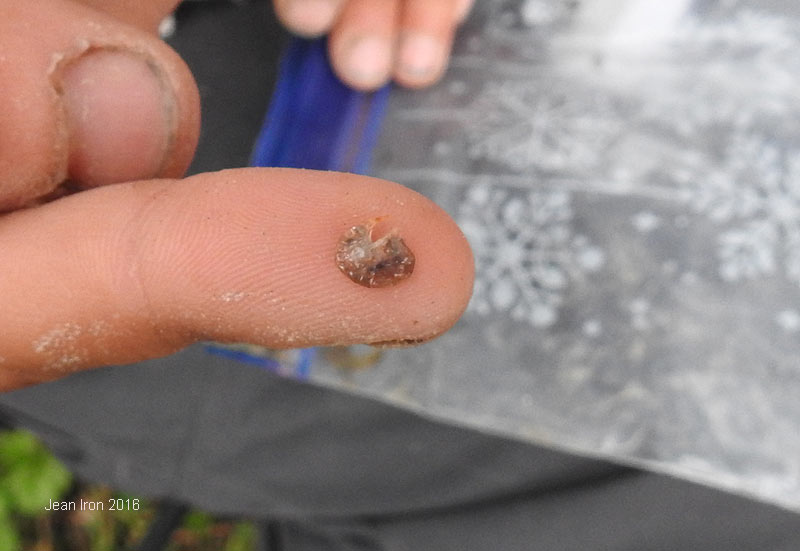 |
|
This shrimp-like amphipod is often found
at waterline and is a favourite food of Dunlin (fide Allie
Anderson). Allie's research will examine the diet of shorebirds and
food resources available in the smaller and larger coastal habitats.
She would like to compare historical weights of adults and juvenile
shorebirds and look at length of stay on the James Bay coast. |
| |
|
End of page 4. Please
go to page 5 |
| |
|
|